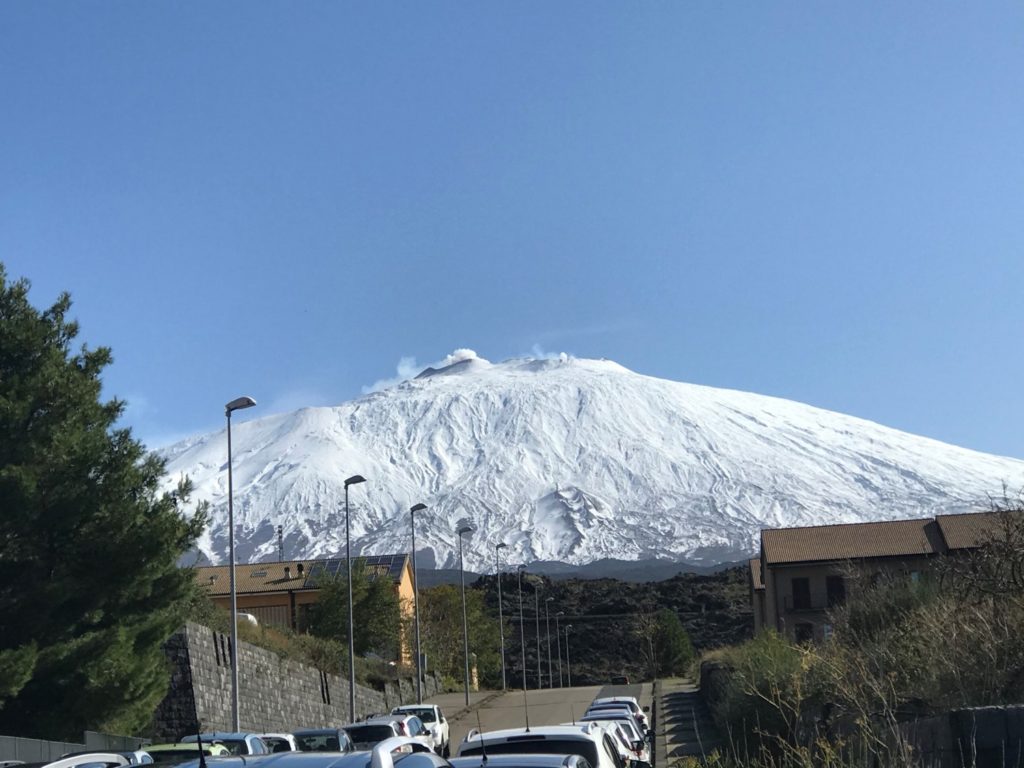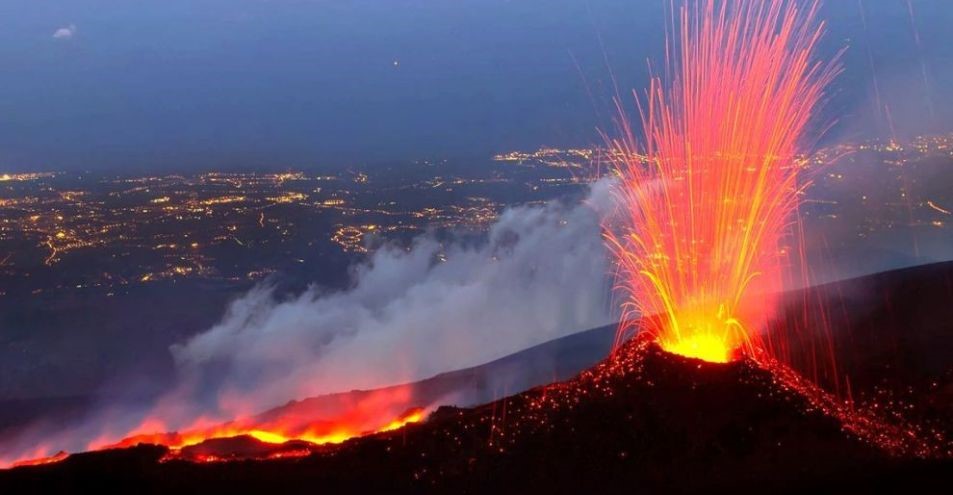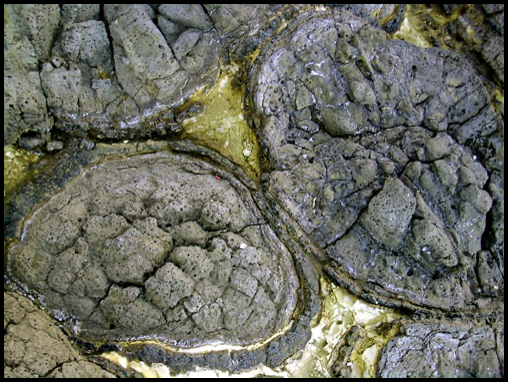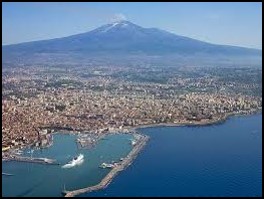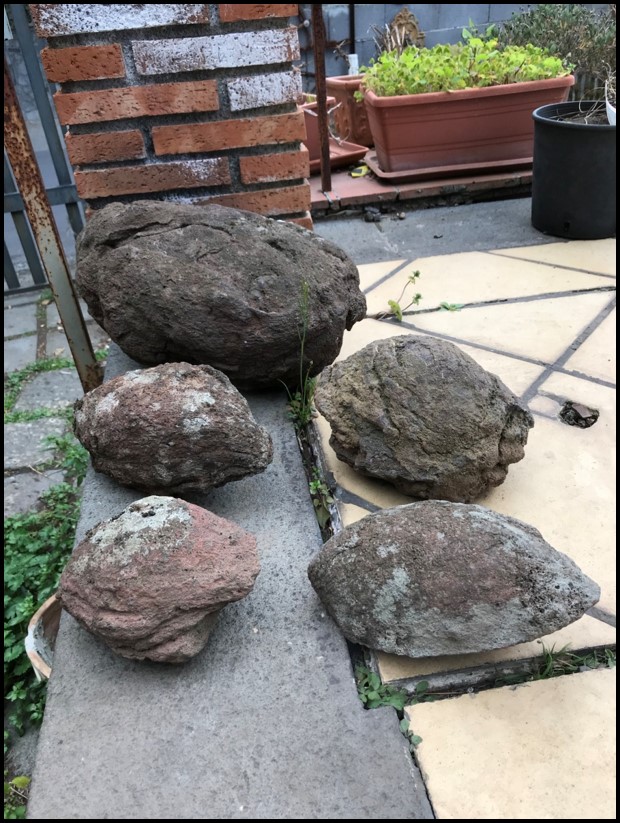Maniace
Between the slopes of Etna and the southern slopes of the Nebrodi mountains, lies the extensive valley of Maniace,an ancient village rich in history and beautiful monuments such as the Nelson Castle and its beautiful Church, whose territory is shaped by the presence of three rivers: the Martello, the Saraceno and the Cutò which then flow into the Simeto. Along the main roads of the town you will meet the numerous districts, which characterize the urban settlement of the current town. You must know that the origins of Maniace date back to the period of Arab domination, when the city was called Ghiran-Ad Daquiq or the Farina Caves. The current name is due to the Byzantine general Giorgio Maniace who in 1040 defeated an army of Saracens on these lands. In memory of the feat, he laid an icon of the Virgin and Child, now housed within the walls he Abbey of Santa Maria di Maniace.
The Nelson Castle
It was built around the 1173, probably over the ruins of a pre-existent Basilian construction, as wanted by the queen Margherita, in everlasting memory of the victory in battle of Giorgio Maniace against the Saracens.Comprises the noble wing, once residence of the Nelson, (the Castle) now changed in a Museum, the remains of the ancient Benedictine Abbey, dedicated to the Very Holy Mary, built by Guglielmo II° the Buono, the little church of Holy Mary Of Maniace and a large, very lush park. Guglielmo di Blois was the first abbey of the monastery. At the end of the XV century the abbey, with all his land, became property of The Big and New Hospital of Palermo, until 1799.
Etna
The name „Etna” was given by greek settlers in VII century b.C., it means burning and comes from the greek word”Aiteos„.
- The Etna is the highest active volcano in Europe, with 3335 mt.
- The Etna entered in the world heritage list of UNESCO in 2013.
In order to know a little better the Etna we should ask three questions:
- Quando ? When ? – When did the Etna form ?
- Dove ? Where ? – Where did the primordial Etna generate?
- Perché ? Why ? – Why did the Etna form in this geographic area?
The age of the Etna has been estimated about 600.000 years, so it dates back to Pleistocene sup., and the morphological aspect we see today rapresents the result of a long geological history. In all these years the Etna has indeed modified radically the morphology of its region, and in the meanwhile it has inserted in the middle of a region characterized by hills of sedimentary origin. The Etna or “Mongibello”, rapresents the result of thousands years of geovolcanological evolution, characterized by several phases that allowed the formation of the primordial volcanic structure, with different ancient eruptive spots, which had an acid and explosive chemism respect to the current one.
- Dove ? Where ?
- Where did the primordial Etna form?
The geographic area in which the Etna arose is located in the current village named Aci Trezza with the small island Lachea anche its ‘’faraglioni’’. The break in the crust happened in the middle of a wide gulf di un esteso golfo, where the seabed was low and surronded by small islands of sedimentary origin. At the beginning the volcanic events were underwater and formed the typical Columnar Lavas (look at Aci Trezza and Lachea), then underwater-subaeral (look at the Cliff of Aci Castello where we can see Pillows Lavas). Gooing to the inlaqnd, the volcanic events became exclusively subaeral invading the pre-existing ground. In the next two images it is possible to observe two distinct geological constituents: The blue clays of the upper Pleistocene, which in fact represent the original seabed, and the underlying columnar lavas which instead testify to the fracture of the crust in the open sea. The lavas going up from the emission ducts suddenly cooled in contact with the sea water, transporting on their consolidated top some strips of the seabed which, due to the strong heat, joined with the same lavas and after their cooling remained imprisoned and fossilized so as we see them today. The progressive rise of the crust due to the tectonic stresses of the area, and the consequent increase in the thickness of the lava sequences, which at the same time escaped from the primordial eruptive centers, caused a partial migration of the Etna volcanism in the area near the current village of Aci Castello having intermediate underwater / subaerial volcanic characteristics evidenced by the characteristics Lave a Pillows emerging along the cliff on which the Norman Castle stands.
It is clear that Etna cannot be considered as the result of the activity of a single volcano such as Stromboli or Vesuvius, but rather the result of the superimposition and juxtaposition, over time, of thousands of eruptive events coming from the different components that make up the “Volcanic Complex” called Etna.
To sum up: Etna
- It rises along the eastern coast of Sicily,
- It reaches a height of about 3,335 meters above sea level
- It represents the highest active volcano in Europe
- Since 2013 it has been declared a World Heritage Site by UNESCO

